Embracing reusable food storage solutions is a fantastic step towards a more sustainable lifestyle. However, to truly reap the benefits of these eco-friendly alternatives, it's crucial to understand and implement proper care and maintenance. Properly caring for your reusable containers not only prolongs their life but also ensures they remain safe and effective for food storage. This guide will walk you through the essentials of keeping your reusable food storage in top condition, helping you maximize both their environmental and practical benefits.
In This Article
- Understanding Different Materials
- General Maintenance Tips
- Material-Specific Care Instructions
- Dealing with Common Issues
- When to Replace
- DIY Maintenance and Repair
- Call to Action
Understanding Different Materials
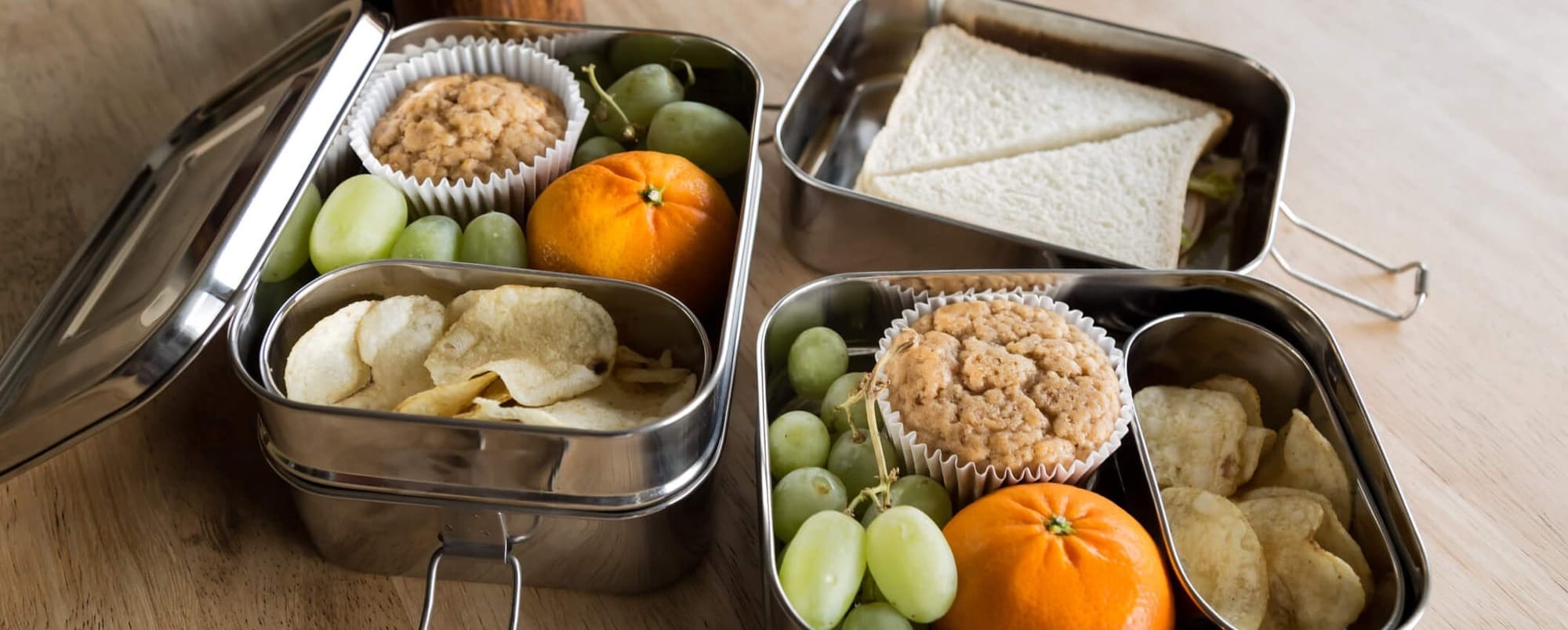
Reusable food storage solutions come in a variety of materials, each offering unique advantages and requiring specific care:
- Glass Containers: Known for their durability and non-reactive nature, glass containers are ideal for a wide range of storage needs. They're typically dishwasher safe and can handle hot and cold temperatures well, making them versatile for both storage and cooking.
- Silicone Bags and Containers: Silicone offers flexibility and airtight seals, making it perfect for storing a variety of foods. Silicone is heat resistant, freezer safe, and generally dishwasher safe, though it's wise to check manufacturer instructions for specific care guidelines.
- Stainless Steel Containers: Appreciated for their sturdiness and longevity, stainless steel containers are resistant to rust and corrosion. They're often dishwasher safe but should be dried promptly to maintain their appearance.
- Beeswax Wraps: Made from a combination of cotton, beeswax, and sometimes resin and jojoba oil, these wraps are an eco-friendly alternative to plastic wrap. They require gentle hand washing in cool water and should be kept away from heat sources to maintain the wax coating.
- Fabric Pouches: Ideal for dry goods, snacks, and even produce, fabric pouches are washable and reusable. They can usually be machine washed and air-dried, though specifics can vary based on fabric type and design.
General Maintenance Tips
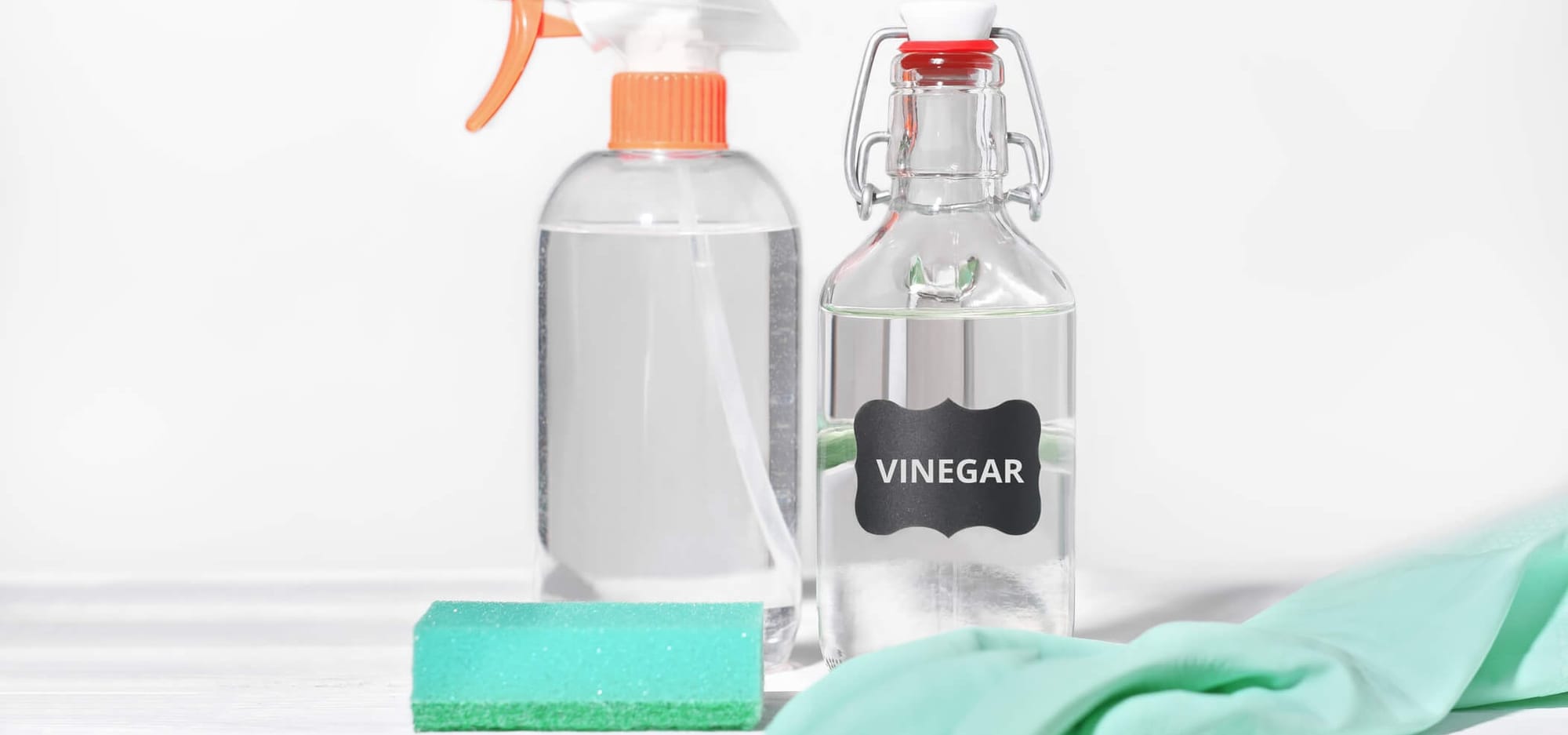
Caring for your reusable food storage solutions doesn't have to be complicated. Here are some general tips to keep in mind:
- Avoid Harsh Chemicals: Stick to mild detergents and avoid bleach or abrasive cleaners that can damage materials like silicone and fabric.
- Thorough Drying: After washing, ensure all items are completely dry before storing to prevent mold and mildew growth. This is especially important for items like beeswax wraps and fabric pouches.
- Proper Storage: Store your reusable containers in a way that minimizes wear and tear. Avoid stacking heavy items on top of silicone bags or folding beeswax wraps too tightly, as this can cause creases and cracks.
Material-Specific Care Instructions
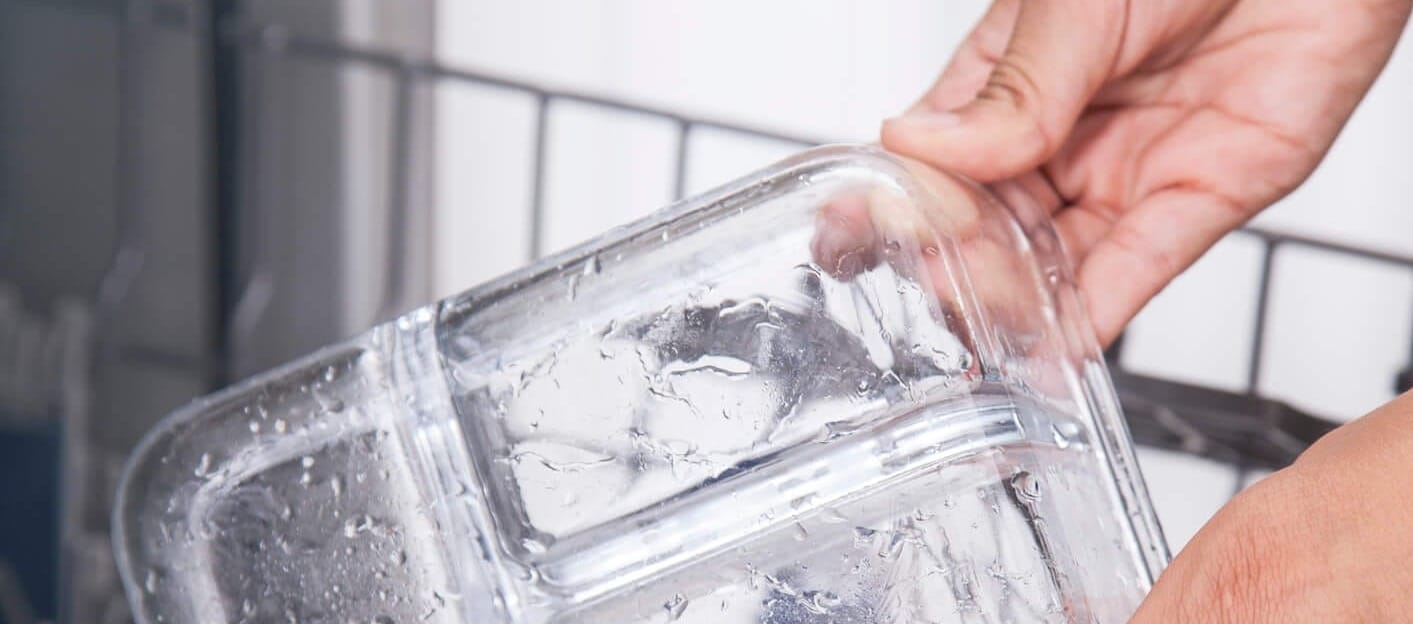
Glass Containers
- Cleaning: Glass containers are dishwasher safe, offering a hassle-free cleaning option. For those who prefer handwashing, a mild soap and warm water will do the trick. Stubborn stains or residues can be tackled with a soft sponge and a bit of vinegar or baking soda for extra cleaning power.
- Storing: To prevent cracking or breakage, avoid exposing glass containers to extreme temperature changes. It's best not to transfer a container directly from the freezer to the oven or vice versa. Store glass containers in a way that minimizes the risk of accidental drops or impacts.
Silicone Bags and Containers
- Cleaning: Silicone bags and containers are generally dishwasher safe, making them convenient to clean. For manual cleaning, use soap and warm water. For stubborn odors or stains, a paste made from baking soda and water can be applied and left to sit before rinsing. Additionally, for a more thorough cleaning method, you can consult this guide by Gloria Yu on YouTube on properly sanitizing silicone food storage items.
- Storing: Silicone is durable but can be punctured by sharp objects. Store silicone bags and containers away from knives or other sharp utensils. Avoid folding them in ways that create permanent creases.
Beeswax Wraps
- Cleaning: To clean beeswax wraps, wash them by hand in cool water with a mild soap. Hot water can melt the wax, so it's important to use cool or lukewarm water. Let the wraps air dry fully before the next use.
- Storing: Store beeswax wraps by folding them gently and keeping them in a cool, dry place. If the wax starts to wear, you can refresh the coating with a new layer of beeswax, following the manufacturer's instructions.
Stainless Steel Containers
- Cleaning: Stainless steel containers are dishwasher safe for easy cleaning. For handwashing, soap and water are sufficient. To remove water spots or restore shine, a soft cloth dampened with vinegar can be effective.
- Storing: Make sure stainless steel containers are completely dry before storing to avoid rust spots. If stacking containers, consider using a soft cloth or paper towel between them to prevent scratches.
Fabric Pouches
- Cleaning: Most fabric pouches are machine washable, which makes them easy to clean. For best results, wash them in cold water and air dry. For handwashing, use mild soap and lukewarm water.
- Storing: Once dry, fold fabric pouches and store them in a dry place. If they become wrinkled, a quick iron on a low setting can help them look their best.
Dealing with Common Issues
Stains and Odors: For glass and stainless steel, soaking in a mixture of baking soda and vinegar can help remove stubborn stains and odors. Silicone items may benefit from a baking soda paste or soaking in vinegar. Beeswax wraps with persistent odors can be refreshed by laying them out in the sun for a few hours. Fabric pouches should be treated with a stain remover before washing for tough stains.
Wear and Tear: Regular inspection of your reusable items can help identify early signs of wear and tear. Look for cracks in glass, tears or punctures in silicone and fabric, rust on stainless steel, and thinning or cracking wax on beeswax wraps. Minor issues can often be repaired, but significant damage may necessitate replacement to ensure food safety.
When to Replace
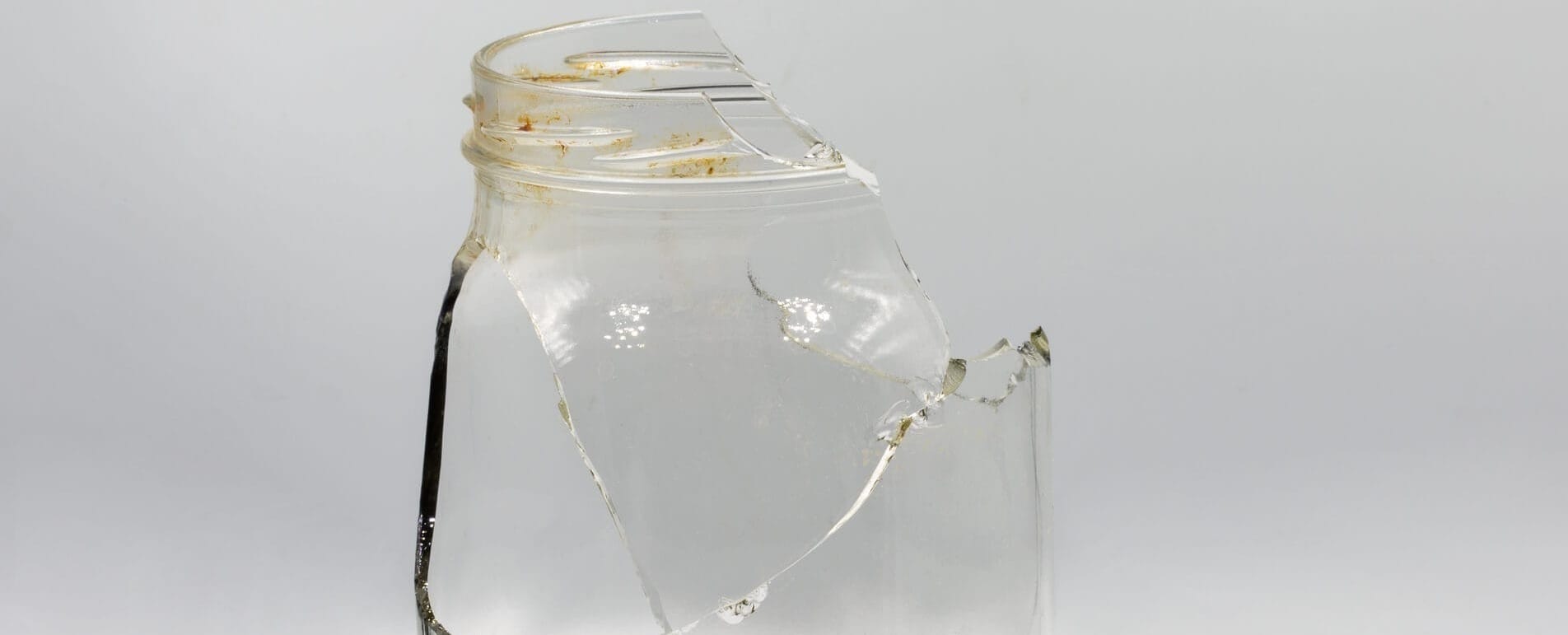
- Glass Containers: Replace if cracked or chipped, as these can harbor bacteria and pose safety risks.
- Silicone Bags and Containers: Look for tears or degradation in the material. While durable, silicone can wear out and lose its seal over time.
- Beeswax Wraps: If the wax has worn off significantly and re-waxing doesn't restore functionality, it's time for a new wrap.
- Stainless Steel Containers: Deep rust or corrosion, especially around seams or lids, indicates it's time for replacement.
- Fabric Pouches: Replace when holes, tears, or stains can no longer be effectively cleaned or repaired.
DIY Maintenance and Repair
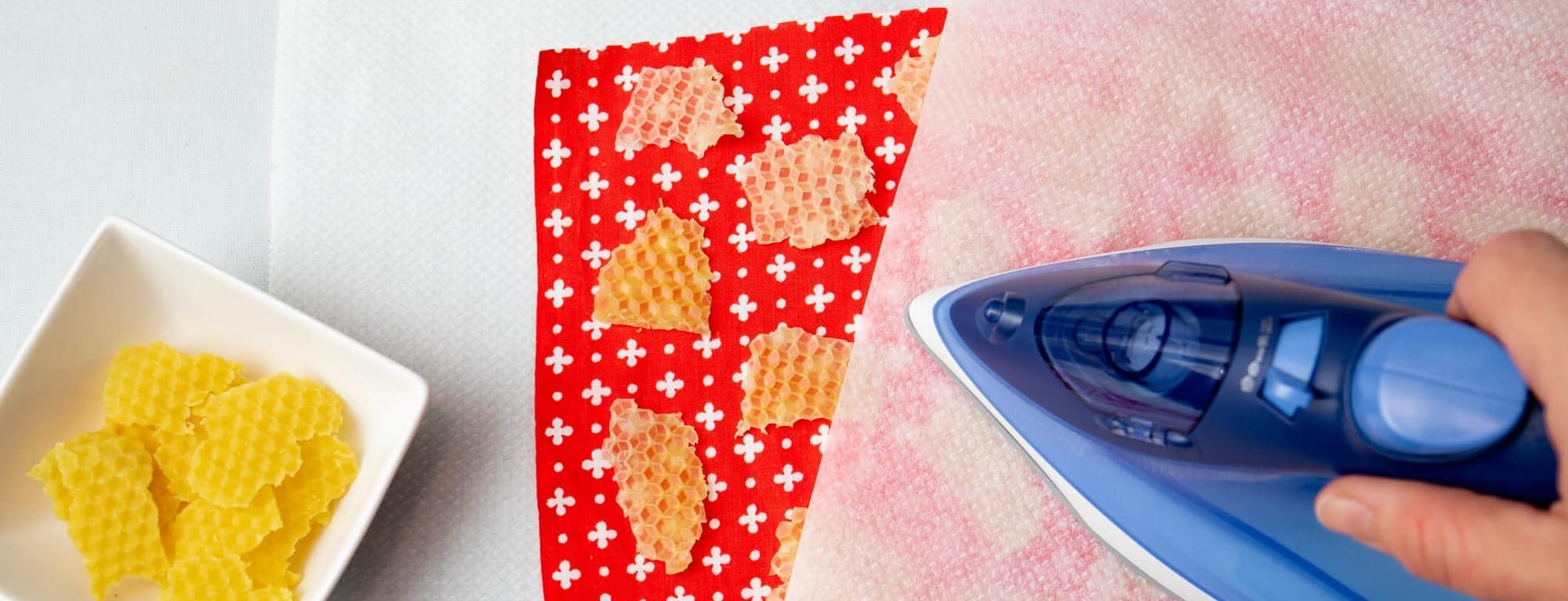
- Re-waxing Beeswax Wraps: Gently melt new beeswax on your wraps using an oven or iron method to refresh their usability.
- Removing Dents from Stainless Steel: Small dents can sometimes be pushed out from the inside using a rounded tool, though this may not work for all items.
- Refreshing Silicone: Boil silicone items in water with a splash of vinegar to help restore their original condition and remove lingering odors.
Call to Action
Embracing reusable food storage is a significant step toward a more sustainable lifestyle, but maintaining these items properly is crucial for their long-term effectiveness. By dealing with common issues, knowing when to replace items, and even undertaking simple DIY repairs, you can ensure that your kitchen remains eco-friendly and functional. We encourage you to share your maintenance tips and success stories, fostering a community committed to reducing waste and promoting sustainability. Together, we can make a difference, one reusable item at a time.





